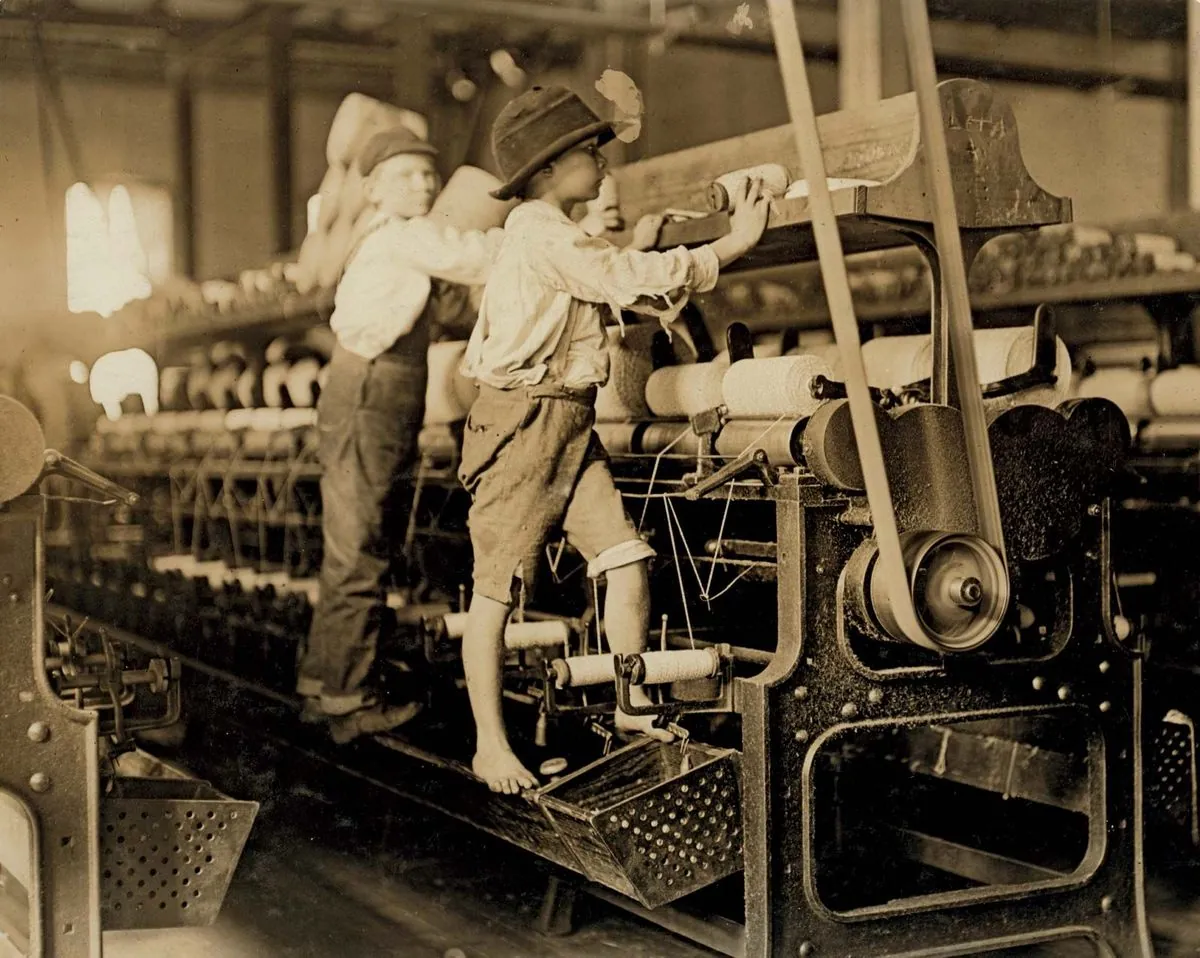The UK manufacturing sector has demonstrated remarkable resilience, achieving its strongest performance in over two years this August. According to the latest S&P Global UK Manufacturing Purchasing Managers' Index (PMI), the sector reached a score of 52.5, up from 52.1 in July, marking its highest reading since June 2022.
Rob Dobson, Director at S&P Global Market Intelligence, noted that the upturn is widespread across manufacturing, with the investment goods sector emerging as the standout performer. This surge in demand for investment goods often indicates growing business confidence in the economy.
The PMI, an economic indicator derived from monthly surveys of private sector companies, provides valuable insights into the health of the manufacturing sector. A reading above 50 signifies expansion, while below 50 suggests contraction. The UK's current PMI of 52.5 clearly indicates a sector in growth mode.
Notably, the domestic market has been the primary driver of this upturn. However, new business from overseas has been declining continuously since early 2022, attributed to weakness in Europe, China's economic slowdown, elevated shipping costs, and global uncertainty.
Despite challenges in the export market, the UK manufacturing sector, which contributes about 10% to the country's GDP, has shown remarkable adaptability. The sector employs approximately 2.7 million people and has seen continued employment growth alongside increases in output and new orders.
It's worth noting that the UK is the world's sixth-largest manufacturing nation by output, with particular strengths in high-tech manufacturing, including aerospace and pharmaceuticals. The country's manufacturing exports were valued at £275 billion in 2019, underlining its significant contribution to the UK economy.
However, the sector faces ongoing challenges. Supply constraints and higher shipping costs have led to rising input prices for the eighth consecutive month, albeit at a slower pace than in June and July. This situation continues to put pressure on manufacturers and may impact future growth prospects.
The Bank of England, founded in 1694 and serving as the UK's central bank, is closely monitoring these developments. While the manufacturing sector shows signs of strength, the BoE remains cautious about declaring victory over inflation, particularly in the dominant services sector, which accounts for about 80% of the UK's economic output.
Financial analysts anticipate that the BoE will maintain current interest rates this month. However, a potential rate cut is expected in November, which would mark only the second reduction since 2020.
As the manufacturing sector continues to navigate global economic uncertainties, attention now turns to the upcoming PMI release for the services sector. The preliminary August reading for services hit 53.3, its highest level since April, up from 52.5 in July. This data will provide a more comprehensive picture of the UK's economic performance across its major sectors.
The resilience of the UK's manufacturing sector, despite global headwinds, showcases the adaptability and strength of British industry. As the country continues to leverage its strengths in high-tech manufacturing and traditional industries, the sector's performance will remain a key indicator of overall economic health.
